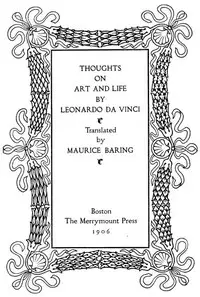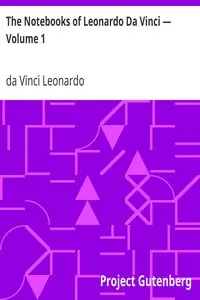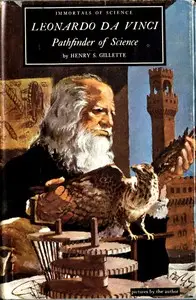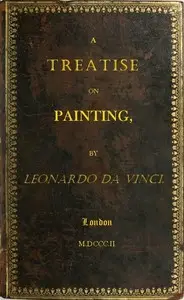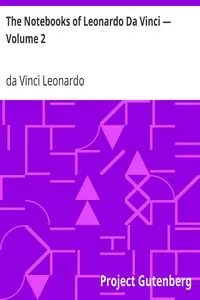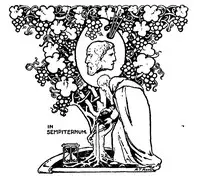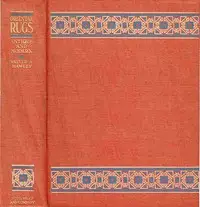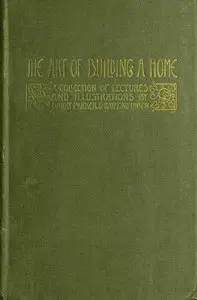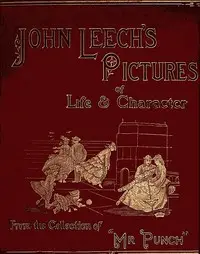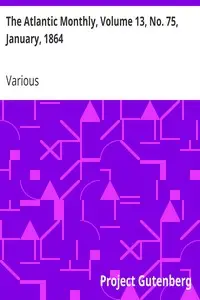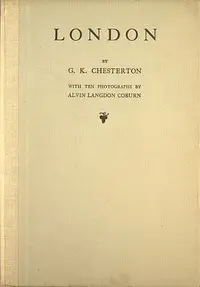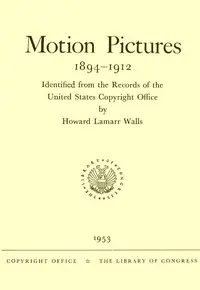"The Notebooks of Leonardo Da Vinci — Complete" by Leonardo da Vinci is a rich compilation of writings and sketches that explores the intersection of art and science. Gathered in the late 1800s, the notebooks offer insight into Leonardo’s thoughts and observations on painting, perspective, anatomy, and the natural world, capturing the inventive spirit of the Renaissance. The volume covers about three decades of Leonardo's work, demonstrating his methodical approach to understanding the world around him. The book begins with an introduction, highlighting the difficulties in understanding Leonardo’s handwriting and the unorganized state of his notes; further, it lays out the author’s plan to share his manuscripts, which encompass everything from painting theory to the rules of perspective, while emphasizing the need to organize them logically for readers. This beginning sets the stage for exploring Leonardo's brilliant mind.
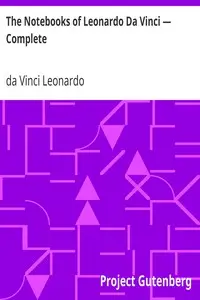
The Notebooks of Leonardo Da Vinci — Complete
By da Vinci Leonardo
Unlock the secrets of a Renaissance genius as his private studies on art, science, and the natural world are revealed through a collection of personal writings and sketches.
Summary
About the AuthorLeonardo di ser Piero da Vinci was an Italian polymath of the High Renaissance who was active as a painter, draughtsman, engineer, scientist, theorist, sculptor, and architect. While his fame initially rested on his achievements as a painter, he has also become known for his notebooks, in which he made drawings and notes on a variety of subjects, including anatomy, astronomy, botany, cartography, painting, and palaeontology. Leonardo is widely regarded to have been a genius who epitomised the Renaissance humanist ideal, and his collective works comprise a contribution to later generations of artists matched only by that of his younger contemporary Michelangelo.
Leonardo di ser Piero da Vinci was an Italian polymath of the High Renaissance who was active as a painter, draughtsman, engineer, scientist, theorist, sculptor, and architect. While his fame initially rested on his achievements as a painter, he has also become known for his notebooks, in which he made drawings and notes on a variety of subjects, including anatomy, astronomy, botany, cartography, painting, and palaeontology. Leonardo is widely regarded to have been a genius who epitomised the Renaissance humanist ideal, and his collective works comprise a contribution to later generations of artists matched only by that of his younger contemporary Michelangelo.

